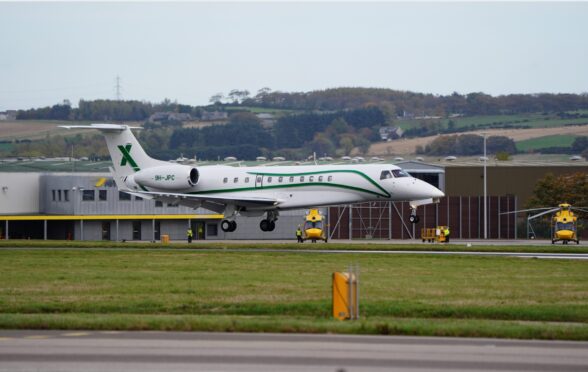The number of people warned about potentially dangerous drinking greatly exceeded government expectations last year, according to official figures.
There were 97,245 alcohol brief interventions (ABIs) carried out in Scotland in 2015/16 – 59% more than the expected standard of 61,081.
Interventions are designed to convince hazardous and harmful drinkers aged over 16 to moderate their consumption and the standard is based on estimated alcohol-related GP visits.
There has been a threefold increase in warnings issued by people who do not work in GP surgeries, accident and emergency and antenatal wards – which have been designated “priority settings”.
Nearly a third of interventions were issued by people working in “wider settings”, which could include universities, leisure centres, dentists, pharmacies, prisons, social services, children and family services, police and fire services.
Warnings issued in the Lothians were nearly three times (297%) above expectations while in neighbouring Forth Valley it was around two-and-a-half times (248%) above standard.
A report by the NHS Information Services Division states: “In 2015/16 there were 97,245 ABIs carried out in Scotland.
“This is 59% more than the 61,081 ABIs required by the local delivery plan standard set for 2015/16.”
At least 80% of the standard should be delivered in priority settings, it said.
It added: “ABIs per annum increased until 2011/12 and has generally levelled out in the last four years.
“Over 97,000 ABIs were delivered in 2015/16; a slight decrease of around 2,000 (2%) compared to 2014/15.
“The contribution of ABIs in ‘wider’ settings has increased in the last three-year period from around 10,500 in 2012/13 to just under 30,000 in 2015/16, and represented 30% of all ABIs recorded in the latest year.
“There is large variation between NHS boards in the use of different settings to deliver ABIs.
“Some NHS boards delivered almost all ABIs in primary care whereas in others a half or less were delivered in primary care.
“There is also wide variation in delivery of ABIs in antenatal settings (from 0 to 31%) and delivery in A&E settings varies greatly as well from less than 1% to 29% of all ABIs delivered in a single NHS board.
“This is likely to reflect a variation in models of practice and local priorities rather than being a reflection of numbers of hazardous or harmful drinkers in a setting or NHS board.”







